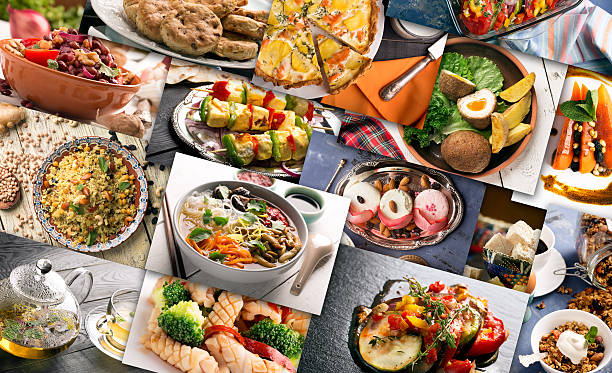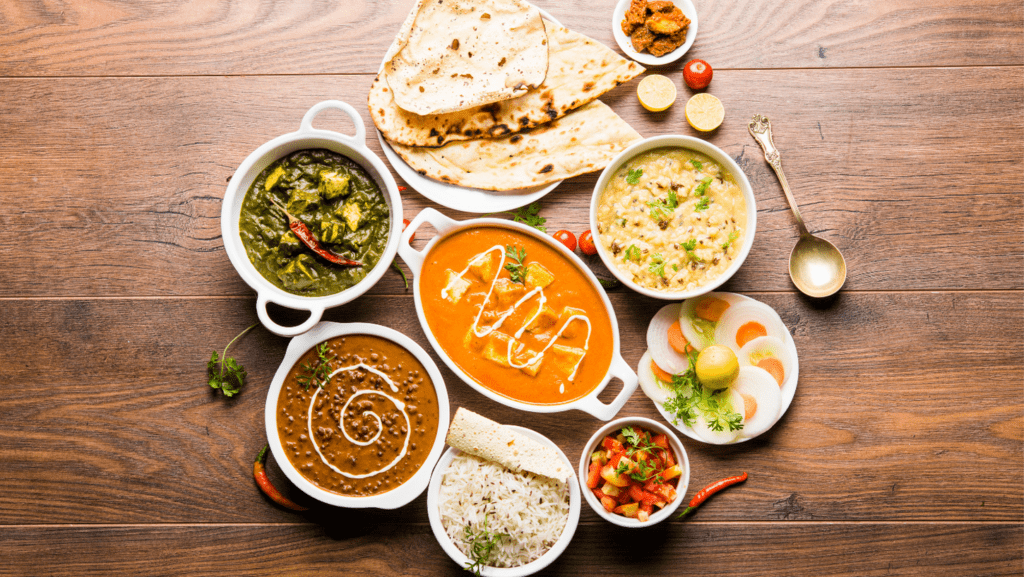Staple foods are the foundation of diets around the world. These foods, often inexpensive and easy to produce, form the basis of many meals and are often culturally significant. Despite cultural differences and varying cuisines, there are several staple foods that are found in almost every culture.
One such staple is rice, which is consumed in large quantities in Asia and other parts of the world. In fact, rice is the most
widely consumed staple food in the world, providing over 20% of the world’s dietary energy supply. In many Asian cultures, rice is not just a food but also a symbol of prosperity and good fortune. In Japan, for example, rice is a staple food and the center of many traditional ceremonies.

Another staple food that is consumed worldwide is bread. Bread is a significant part of the diet in many cultures, particularly in Western countries. However, bread is also an important staple food in many African countries, where it is often made
from sorghum, millet, or cassava flour. In Ethiopia, injera, a type of fermented flatbread, is a staple food and often
used in place of utensils to scoop up stews and other dishes.
Potatoes are also a widely consumed staple food, particularly in Europe and the Americas. They are an excellent source of nutrients, particularly when eaten with the skin, and can be cooked in a variety of ways. In Ireland, potatoes were a staple food during the 19th century, and the Great Famine caused by a potato blight had devastating effects on the population.
Beans and legumes are another important staple food, particularly in many African and Latin American countries. They are a good source of protein and dietary fiber and are often eaten in combination with other foods such as rice or bread. In Mexico, for example, beans are often served with tortillas to make a complete protein.
Other staple foods include maize, which is a staple food in many African and Latin American countries, and wheat, which is a staple in many Middle Eastern and Mediterranean countries. In some countries, such as India, different grains are used as staples in different regions, such as rice in the south and wheat in the north.
In conclusion, while there are many cultural differences in food preferences and cuisines, there are several staple foods that are consumed worldwide. These foods provide important nutrients and are often culturally significant, reflecting the importance of food in shaping identity and community. By understanding these commonalities, we can appreciate the diversity of our diets and the richness of our shared human experiences.


